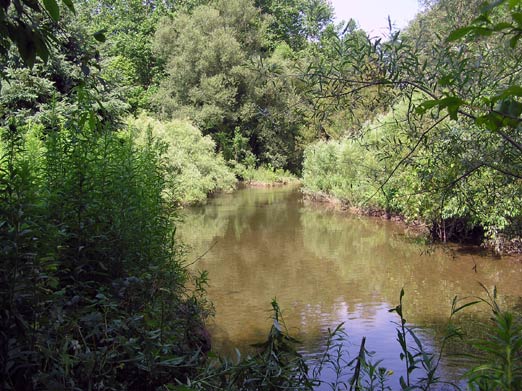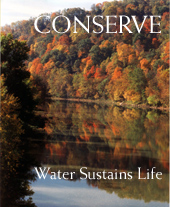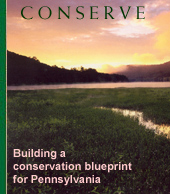|
French Creek's Unique Communities
The key indicator of French Creek’s unique quality is its exceptional wildlife. French Creek harbors diverse and abundant aquatic communities, especially freshwater mussels, darters (small fish of the perch family) and distinctive wetlands.

More species of native freshwater mussels (27) live in the French Creek watershed than any other watershed in the northeastern United States.
Two of these mussels, the clubshell (Pleurobema clava) and the northern riffleshell (Epioblasma torulosa rangiana) are listed as federal and state endangered species. These species have been lost from 95 percent of their historic range, but maintain healthy populations in sections of French Creek and the Allegheny River.
The rayed bean mussel (Villosa fabalis) is a candidate for federal listing, and the snuffbox (Epioblasma triquetra) and rabbitsfoot (Quadrula cylindrica) are both proposed candidates for the federal endangered list.
The Pennsylvania Biological Survey considers fourteen other mussel species as rare, threatened or endangered in the state.
Data shows that as habitat and water quality become degraded, the number of pollution-sensitive species decreases. Fortunately, mussel populations in French Creek have remained fairly stable in recent years. WPC science staff found the same number of native mussel species in the creek’s main stem in 2003 (24) as in 1993. In 2004, staff documented 25 species and evidence of recent reproduction for most species, a sign of health. Species richness, however, varies throughout the watershed.
Current research is focused on continued freshwater mussel research to fully understand why French Creek has such biological diversity and how to ensure its protection. This research will guide the development of a monitoring plan, as well as restoration and re-introduction plans for nearby watersheds with depleted mussel populations. Through this work, WPC strives to inform the public about these important regional resources to enlist greater support for their conservation.

|
|








